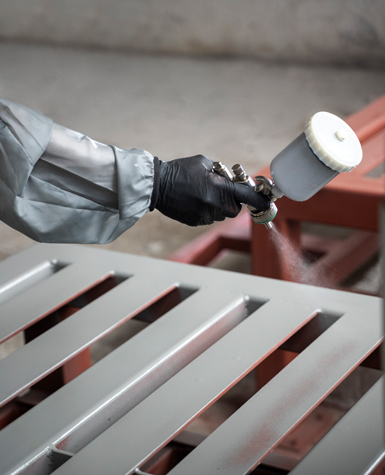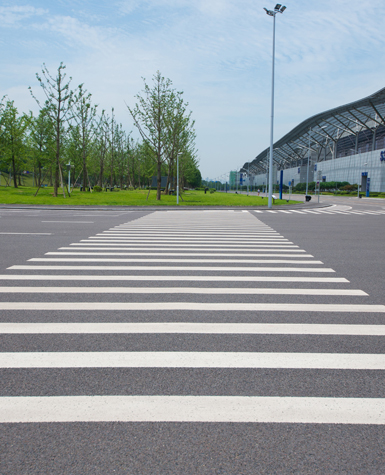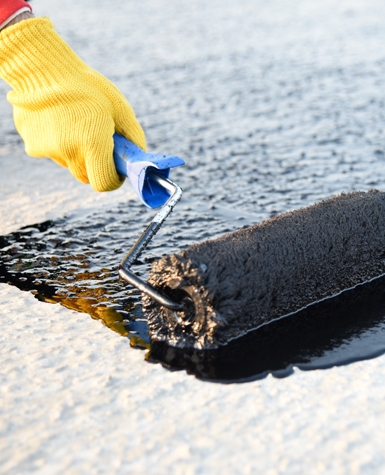DISCOVER NANOTECHNOLOGICAL COATINGS
WITH GRAPHENE OXIDE
Graphenergy is the line of coatings with graphene oxide that offers anti-corrosion and antimicrobial protection designed to enhance the lifespan of any installation and reduce maintenance costs.
Choose the most suitable solution for your projects.

ANTICORROSIVE
View products
MARKING AND SIGNALING
View products
ANTIMICROBIAL AND ECOLOGICAL
View products
WATERPROOF
View productsCONTACT US AND LET OUR EXPERTS HELP YOU
Discover the future of coatings: our graphene technology provides advanced protection that challenges limits. Unlock the full potential of your projects with our coating lines.
Enjoy flawless finish, unmatched strength, increased durability, and the antimicrobial power of graphene.
Extreme anti-corrosion protection
High durability
Excellent UV resistance
Improved surface adhesion
High performance
Inhibits the growth of bacteria and fungi
*Results supported by tests in a certified laboratory.

LEARN MORE ABOUT THE GREAT BENEFITS THAT GRAPHENE COATINGS CAN PROVIDE TO YOUR INDUSTRY.
View resourcesFREQUENTLY ASKED QUESTIONS
View questions- How long does it take for antimicrobial acrylic paint to dry?
The paint dries in 30-60 minutes. If you touch the surface with your finger and it doesn’t feel sticky, that means the paint is dry. This drying time is for indoor use; typically, outdoor paint dries in less than 30 minutes. - What other factors affect paint drying?
There are other factors that can affect paint drying, such as the thickness of the applied paint layer, the number of coats applied, the environment (if there is humidity, drying time increases), and even the color of the paint (darker colors may take longer to dry). - When should I apply a second coat?
Aesthetically, it is recommended to apply a second coat as it promotes a better finish, reduces surface imperfections, and provides a more perfect result. - Can I sleep in a room that I have just painted with vinyl acrylic and acrylic antimicrobial coatings?
Yes, Graphenergy antimicrobial coatings dry quickly. Simply ventilate the room for a few hours, and you can sleep without any issues. - Under what conditions should Graphenergy anticorrosive coatings be diluted, and when is it more recommended to dilute?
Dilution is carried out when the product viscosity is high according to the painter’s experience.
However, it generally depends on the type of substrate being painted. For example, for application on metal, high viscosity can result in excessive film thickness, which could lead to the formation of air bubbles (defects) in the final coating. It can also cause nozzle clogging in a spray application system like a pressure pot (using a spray gun) if flow and atomization pressure are not properly adjusted.- For metal, a 5-10% dilution is recommended with:
PU Reducer for polyurethanes and Acrylic Thinner for primer and alkyd enamel, as well as for epoxy primer.
This lower viscosity allows the coating to penetrate the metal pores more easily, promoting better adhesion to the substrate. It’s important to apply normal thickness layers; you can apply a first coat, let it dry, and then apply a second coat. - In the case of other surfaces like concrete or flooring, where a different application system is used (roller or brush), an initial 15% dilution is recommended.
This dilution acts as a sealer, allowing it to reach every pore of the substrate and facilitating material distribution across the surface. Afterward, you can apply it directly or with a 5% dilution to achieve a better finish and coverage. Excessive thickness layers are not recommended, and you should allow drying between coats.
- For metal, a 5-10% dilution is recommended with:
- If the coating is applied in a temperature range of 5 to 10 degrees Celsius, will there be any drying issues?
It is essential to determine the atmospheric conditions at the time of application for proper coating application.
For correct coating application, the relative humidity should be less than 75%, and the temperature differential between the substrate and dew point temperature (Ts – Td) should be greater than 3°C. Therefore, the environmental conditions fall within acceptable ranges for the correct coating application. A digital hygrometer is typically used to determine environmental conditions.
It’s important to consider these aspects during application. - What is the recommended surface preparation for applying traffic paint in humid or rainy conditions?
It is recommended that the coating be applied to dry surfaces. If applied to surfaces with moisture or wetness, the paint will take much longer to dry, may not cure properly, and may peel off quickly as it fails to adhere to the substrate.
If there is trapped moisture between the surface and the coating, this trapped moisture may, in its attempt to escape, generate small air bubbles or irregularities on the coating surface, which can also cause the coating to peel off.









